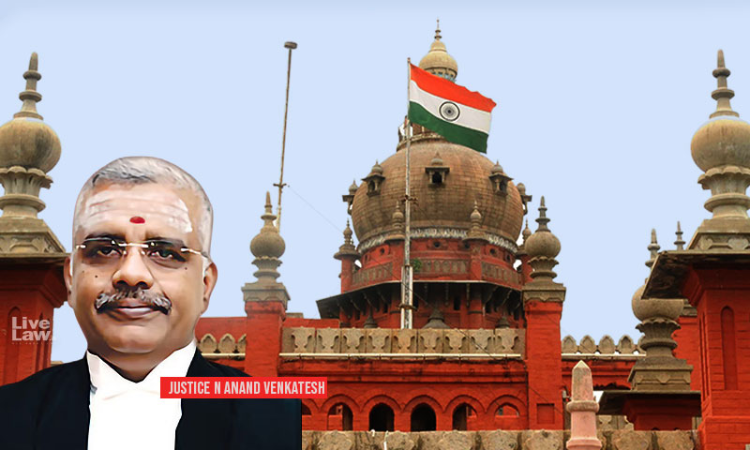Buddha Sculpture Found In Temple : Madras High Court Directs Take Over By Archeological Dept, Halts Poojas
Upasana Sajeev
2 Aug 2022 3:54 PM IST

Next Story
2 Aug 2022 3:54 PM IST
The Madras High Court recently directed the Archaeological Department to take control of the property of Thalaivetti Muniyappan Temple at Kottai Road, Periyeri Village, Salem District after the Archaeological department confirmed that the idol inside the temple depicted the mahalakshanas of Lord Buddha. The court also prevented any further pooja from being conducted in the temple. Justice...
